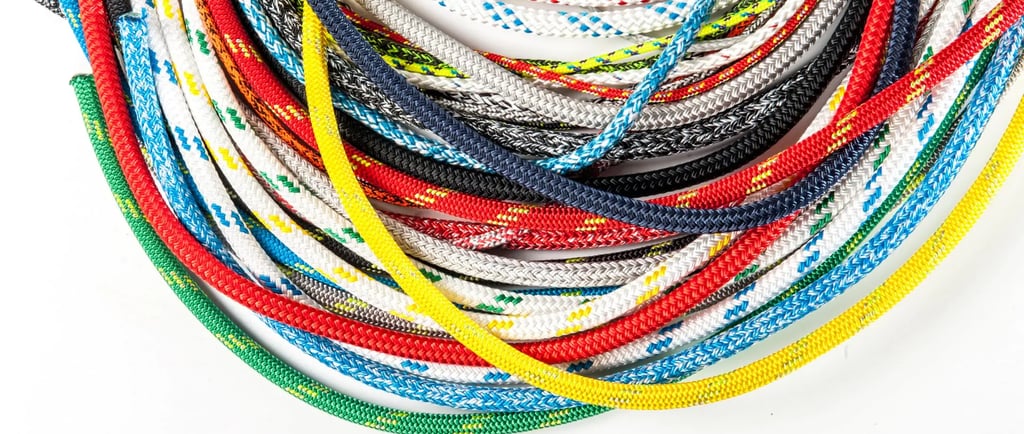The Versatility and Uses of Rope
The Versatility and Uses of Rope


Rope is a versatile and essential tool that has been used by humans for thousands of years. It is a strong and flexible cord made by twisting or braiding strands of fiber or other materials together. The term "rope" can refer to a variety of different types and sizes, each with its own specific uses and characteristics.
One of the most common uses of rope is for securing and binding objects together. Whether it's tying down a load on a truck or securing a boat to a dock, rope provides a reliable and sturdy means of holding things in place. It is also commonly used in construction and outdoor activities such as camping and hiking, where it can be used for setting up tents, creating makeshift shelters, and hanging equipment.
Rope is also widely used for lifting and pulling heavy objects. In industries such as construction, shipping, and agriculture, ropes are used in conjunction with pulleys, winches, and cranes to move and transport heavy loads. The strength and durability of rope make it an ideal choice for these applications.
Another popular use of rope is in recreational activities such as rock climbing and mountaineering. Climbing ropes are specially designed to be strong and stretchy, providing a lifeline for climbers as they ascend steep cliffs and mountains. These ropes are made to withstand high levels of tension and are tested to ensure their safety and reliability.
Aside from its practical uses, rope also has cultural and symbolic significance. In many traditional ceremonies and rituals, rope is used to bind two individuals together, symbolizing unity and commitment. In some cultures, rope is also used in various forms of art and craft, such as macramé and weaving, where it is intricately knotted and braided to create decorative patterns and designs.
It is important to note that there are different types of ropes available, each suited for specific purposes. Some common types include natural fiber ropes, such as hemp and cotton, which are biodegradable and have a softer feel. Synthetic ropes, on the other hand, are made from materials like nylon and polyester, which are more durable and resistant to weather conditions.
In conclusion, rope is a versatile tool with a wide range of uses. From securing objects to lifting heavy loads, from recreational activities to cultural symbolism, rope plays an integral role in our daily lives. So next time you see a rope, take a moment to appreciate its strength and the countless ways it enhances our lives.


